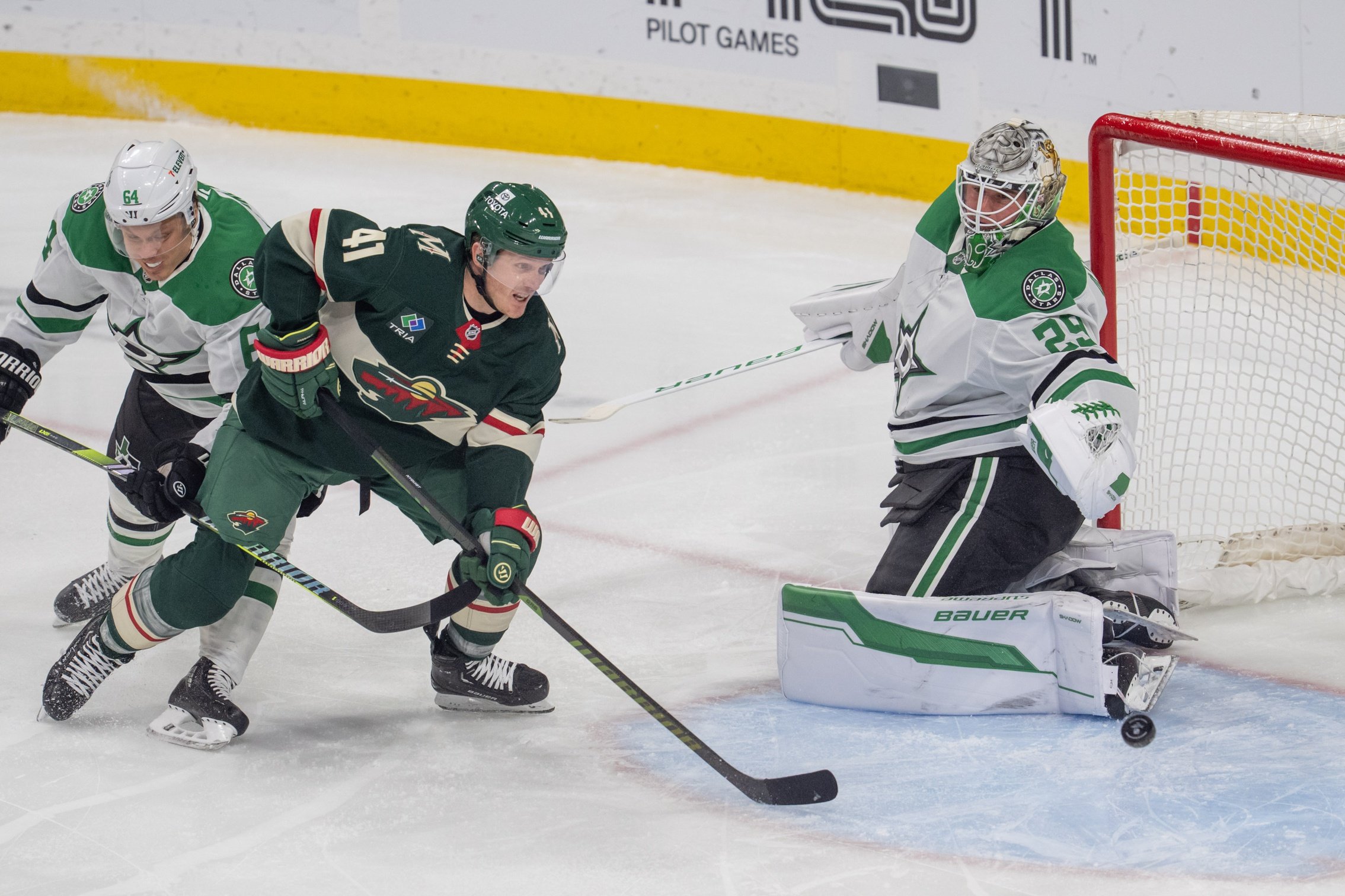
The salary cap handicapped the Minnesota Wild at this year’s trade deadline. After buying out Ryan Suter and Zach Parise, the team is still in the final stages of the dead cap penalties. Injuries have also hampered the team. Despite their limitations, the Wild added Justin Brazeau and brought back Gustav Nyquist.
Nyquist was a late-season addition in 2022-23 and aided Minnesota’s playoff push. The Wild traded a fifth-round pick for him, and he had five assists in six games.
When the Wild spent a second-round pick on him this trade deadline, it signaled they had high hopes the Swedish winger could add some scoring depth to an injured and top-heavy lineup. Unfortunately, Nyquist hasn’t done that in Minnesota.
In 18 games with the Wild, Nyquist has registered just one goal and four assists. That output of .22 points per game is the lowest of his career and lags behind the .37 points he put up in Nashville this season, which was already down from his usual production given that he’s a career .62 points per game player.
Nyquist’s concerning production isn’t limited to the traditional counting stats, either. According to moneypuck.com, Nyquist successfully drove play for a lousy Nashville team before they traded him to Minnesota. In 57 games with the Predators, Nyquist registered a 57.4 Corsi-for rating and a 55.5 Fenwick percentage, and both metrics were near the top of Nashville’s lineup. Since putting on the Wild sweater, those numbers have cratered for the winger. He has a 45.1 Corsi-for and 45.3 Fenwick. Both of those numbers are the worst of his career.
Nyquist’s second stint in Minnesota has been unproductive, and it’s natural to wonder how this happened. Even as an aging player, the Swedish forward has never played like this. Fortunately, we can identify why his production has declined. When you dig into how Nyquist has played with the Wild since joining the team, there are clear reasons for his decline.
First, let’s talk about what Nyquist can control and improve upon. At first glance, Nyquist’s career-low shooting 3.4% percentage indicates that he’s had some bad luck. Nyquist is a career 11.7% shooter. However, his low percentage is partially a product of how he’s played. The biggest issue with Nyquist since coming to Minnesota is that he’s become a passive offensive threat.
Nyquist has had 43 unblocked shot attempts in 18 games with the Wild. According to moneypuck.com, 30 (∼70%) of those shot attempts are considered low-danger, nine (∼21%) are medium-danger, and four (∼9%) are high-danger shot attempts. More of his shots are coming from low-danger areas than ever before, leading to a lower shooting percentage.
In Nyquist’s best season (2023-24), he had 212 unblocked shot attempts. 33 (∼16%) were high-danger attempts, 36 (∼17%) were medium-danger attempts, and 143 (∼67%) were low-danger shot attempts. His issue becomes more evident when you look at Nyquist’s shot charts over the last few seasons.
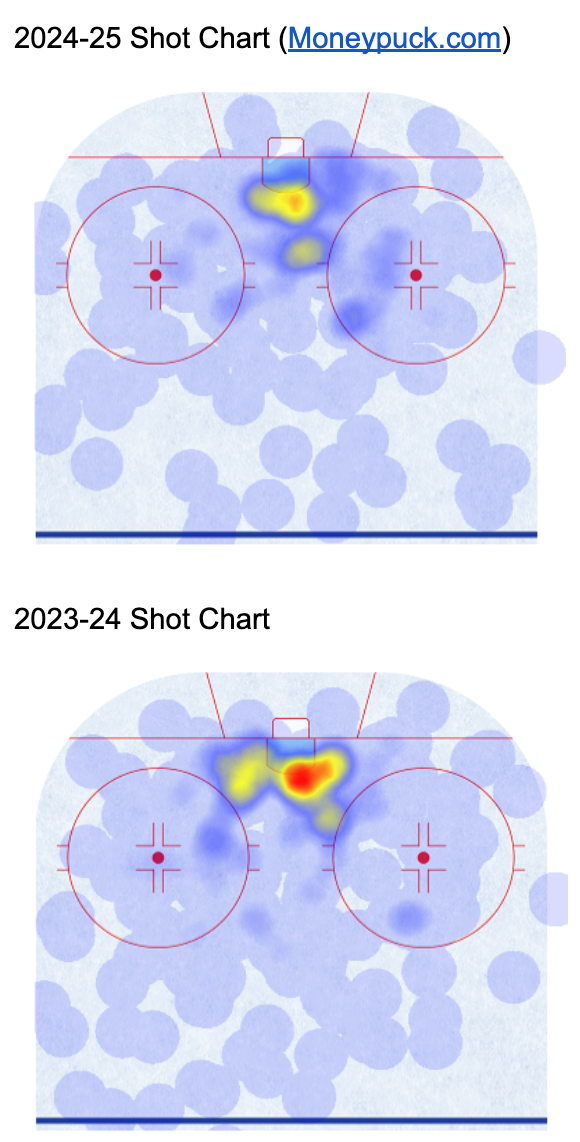
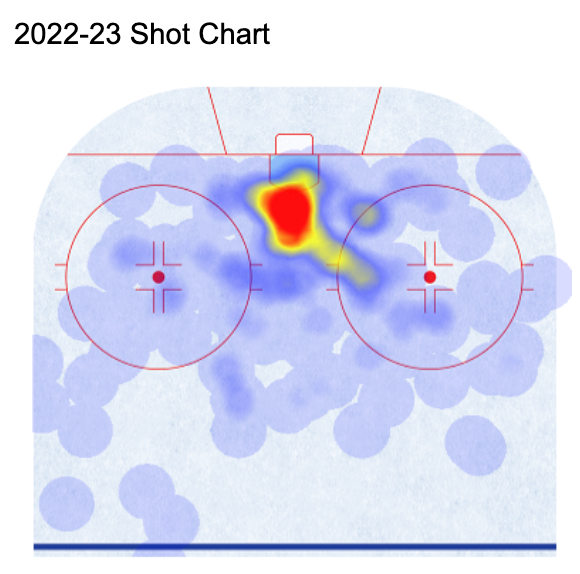
Nyquist hasn’t been as assertive offensively since the Wild acquired him. Instead, he’s primarily played along the perimeter and isn’t creating high-quality chances. That said, Nyquist has always been more of a playmaker than a goal-scorer. Minnesota could excuse poor scoring if he were putting up lots of assists. The issue with that is that the team can’t deploy him in a way that maximizes that skill set.
Let’s look at where Nyquist has been playing in the lineup. In his stint with the Wild, Nyquist has played on four line combinations for at least 25 minutes of ice time.

The issue with how Nyquist fits on the Wild is that he isn’t gelling with the Wild’s finishers. His play has been at its worst when paired with the team’s top goal-scoring units. In Nyquist’s best season, he was on a unit with bonafide goal-scorer Filip Forsberg. Nyquist hasn’t formed chemistry similar to that with Minnesota’s top scorers. If that chemistry isn’t there, it severely limits the forward's ability to use his playmaking skills.
Nyquist’s lack of scoring has resulted in the Wild placing him in a role that doesn’t suit his game. One example is which zone he starts most of his shifts. Since joining the Wild, Nyquist has started 18% of his shifts in the defensive zone, 10.8% in the neutral zone, and 11.3% in the offensive zone (with the rest coming during the course of play).
These are the least sheltered minutes of the forward’s career. The second-highest percentage of defensive zone starts in his career was a 16.6% mark in 2022-23, when Nyquist played most of the season for the Columbus Blue Jackets. That was another below-average year where he scored 22 points in 48 games.
Arguably, if Nyquist needs offensive zone starts to boost his offense, he isn’t a very valuable player. While needing to shelter a player isn’t ideal, this is more an issue of asset management. The Wild spent a second-round pick on Nyquist, hoping he could help them this year. They need to put him in whatever situation they can to succeed.
Between other slumping players and injuries, Nyquist is far from Minnesota’s biggest issue. Despite a recent big win over the Dallas Stars, the team is still in the playoff mix. However, Nyquist still has had trouble fitting into this year’s Minnesota lineup despite his success in his prior stint. Fixing that issue could turn him into an asset before the playoffs start.
Think you could write a story like this? Hockey Wilderness wants you to develop your voice, find an audience, and we'll pay you to do it. Just fill out this form.
-
 1
1

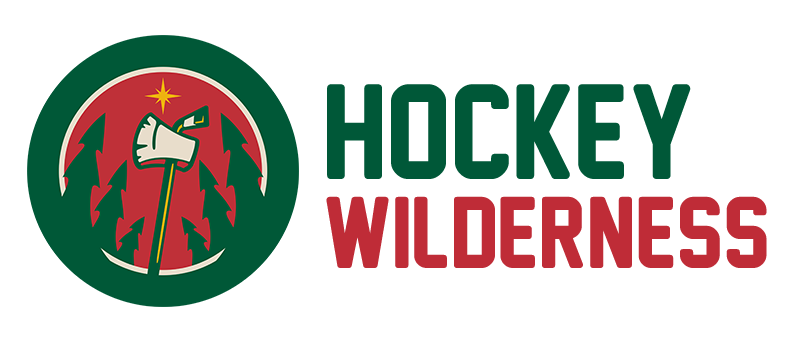

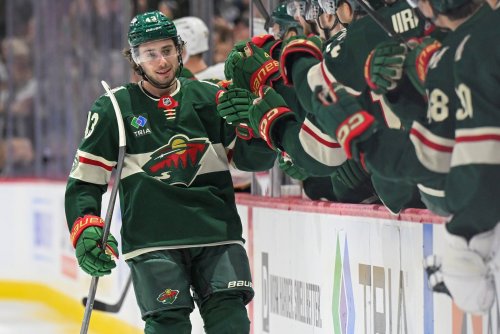


Recommended Comments
Join the conversation
You can post now and register later. If you have an account, sign in now to post with your account.
Note: Your post will require moderator approval before it will be visible.